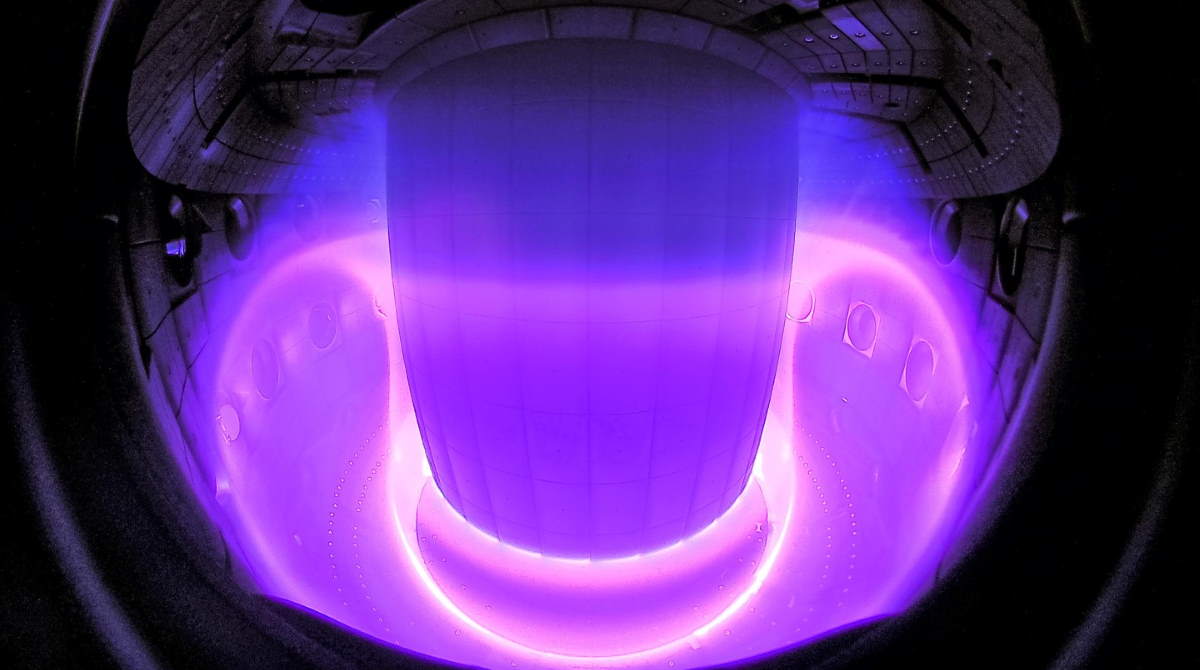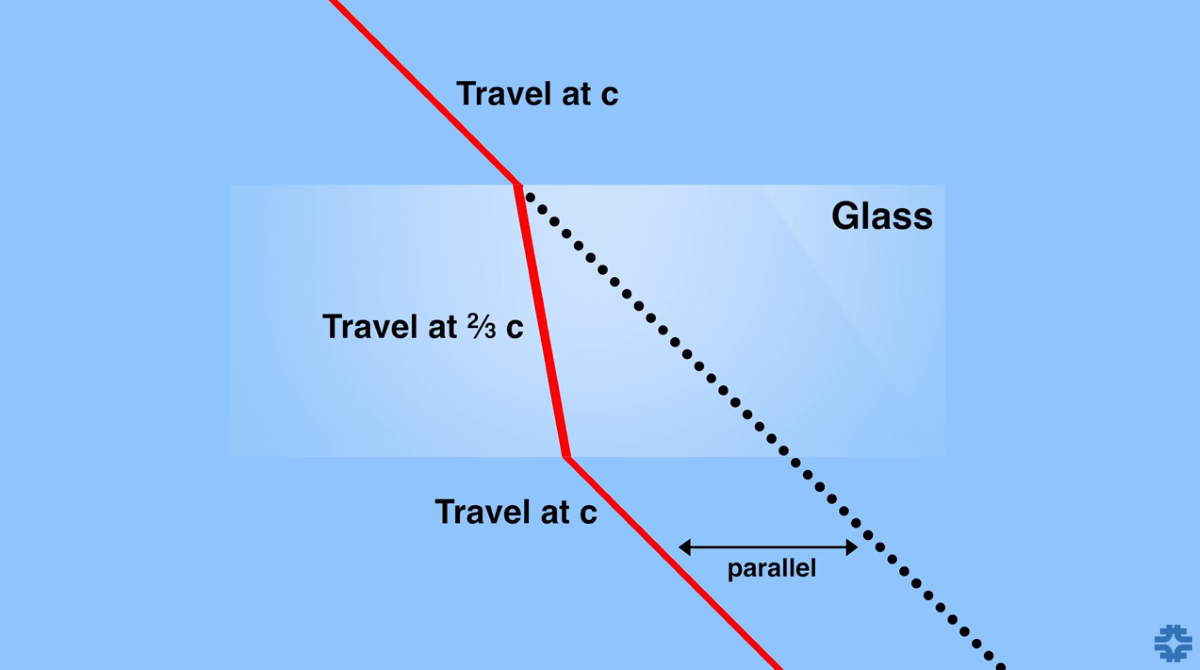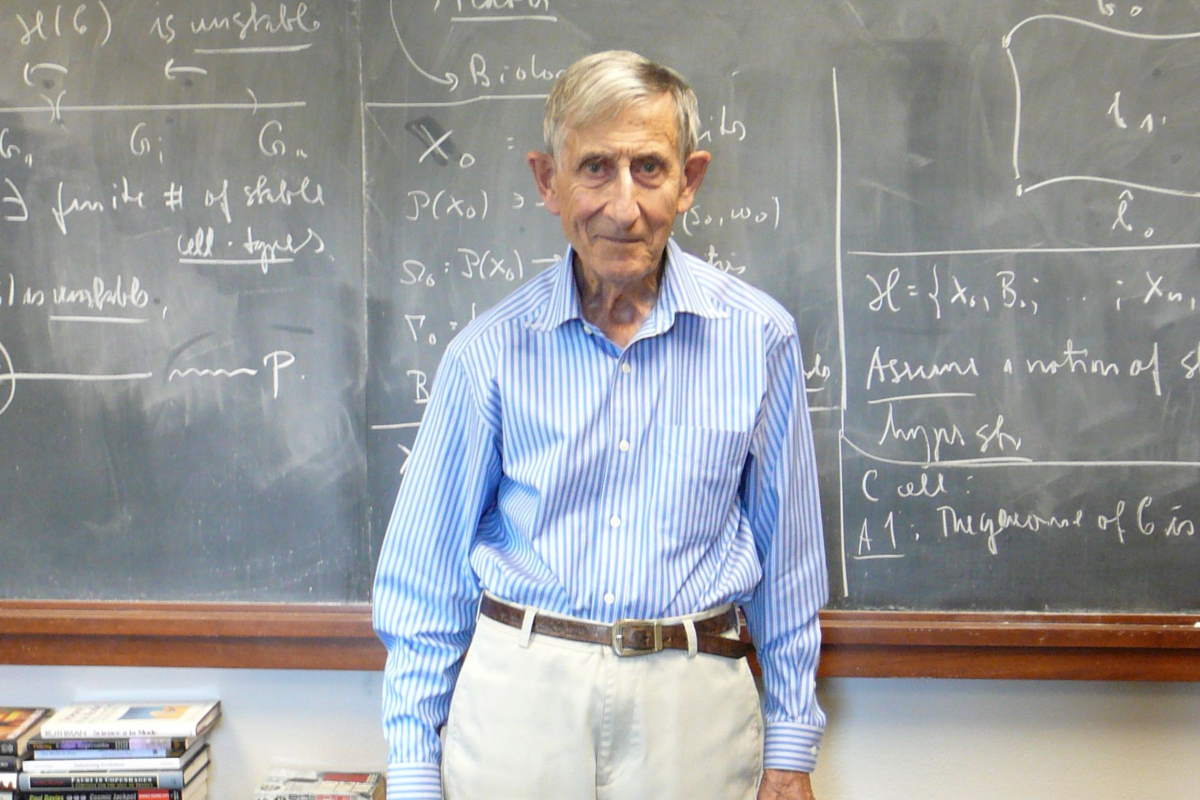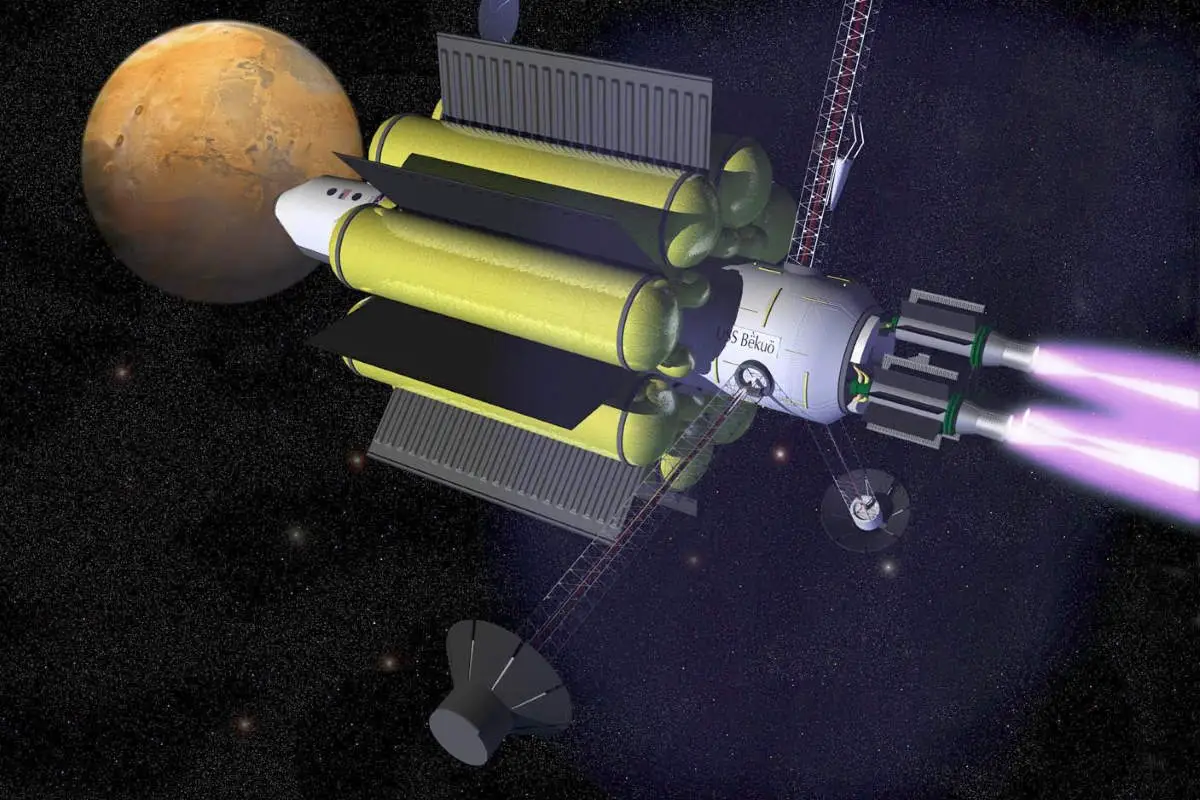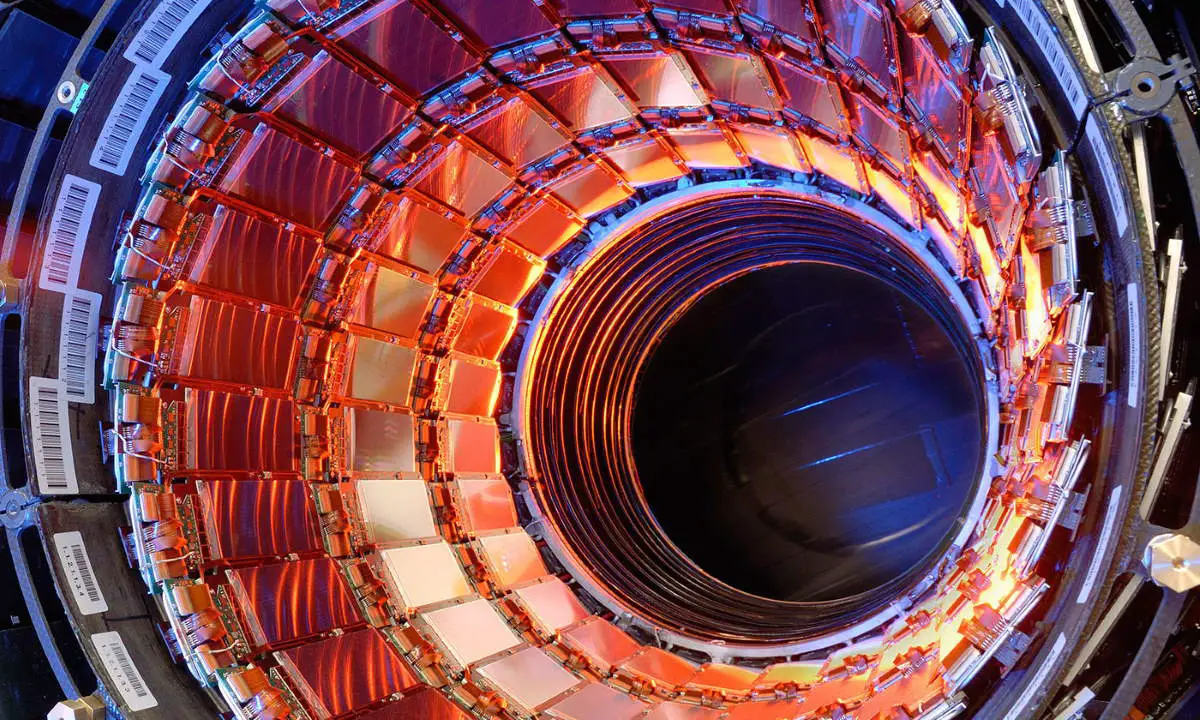To keep Earth from dangerous ongoing global warming, the world is looking for an energy source without CO2 emissions. There is actually a dream candidate: successfully achieving nuclear fusion holds the promise of delivering a limitless, sustainable source of clean energy.
Category Archives: Physics
Here’s why light slows down in water or glass [best explanation]
It’s a well-known fact that light slows down in water or glass, or any other transparent medium. Even more interestingly, after leaving that medium, it goes back to its original speed. Yes, it speeds up! But, how could that happen? Why does light slow down in water or glass, and why and how does it …
Continue reading “Here’s why light slows down in water or glass [best explanation]”
Einstein’s Theory of Relativity [A Summary]
In the history of science and physics, several scholars, theories, and equations have become household names. In terms of scientists, notable examples include Pythagoras, Aristotle, Galileo, Newton, Planck, and Hawking. In terms of theories, there’s Archimede’s “Eureka,” Newton’s Apple (Universal Gravitation), and Schrodinger’s Cat (quantum mechanics). But the most famous and renowned is arguably Albert …
Continue reading “Einstein’s Theory of Relativity [A Summary]”
Carl Sagan explains the speed of light while riding a bicycle
In this video, Carl Sagan rides a bicycle and talks about the speed of light. “Something funny happens at the speed of light”.
Quasicrystals and Their Real-World Applications: Exploring the Exotic New Family of Materials
Quasicrystals are among the newest and most exciting discoveries in the wider field of materials physics – but to date, many aspects of their exotic physical properties remain entirely unexplored. Since soon after their initial discovery, Dr. Zbigniew Stadnik at the University of Ottawa has made important contributions to our understanding of quasicrystals, including their …
The coldest place in the Universe moves back on Earth
Scientists from the University of Bremen set a new low-temperature record. They cooled matter in a tower to an extremely low temperature: 38 trillionths of a degree warmer than absolute zero which is -273.15°C (-459.67°F). Nowhere in the universe can be any colder, so the coldest place in the Universe moves back on Earth again.
What is an orbit? [and how does it work] [Explained]
This short video titled “how orbits work” beautifully explains what is an orbit and what you should do to enter into a stable one around Earth, or any other celestial body.
Freeman Dyson who imagined alien megastructures dies at 96
Freeman Dyson, the English-born American theoretical physicist, and mathematician who imagined a hypothetical alien megastructure called “Dyson Sphere” died on February 28, 2020. Freeman was 96 years old.
“Impossible Engine” – it is impossible
A good rule of thumb: if you see a headline saying something “breaks the laws of physics” (i.e. the “Impossible Engine”) the headline is flat-out wrong.
Why we can stop worrying and love the particle accelerator
What would happen if you stuck your body inside a particle accelerator? The scenario seems like the start of a bad Marvel comic, but it happens to shed light on our intuitions about radiation, the vulnerability of the human body, and the very nature of matter. Particle accelerators allow physicists to study subatomic particles by …
Continue reading “Why we can stop worrying and love the particle accelerator”
